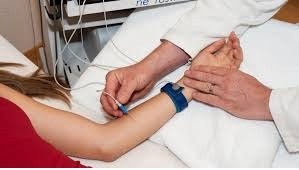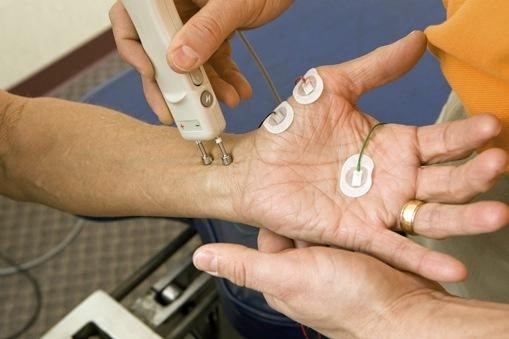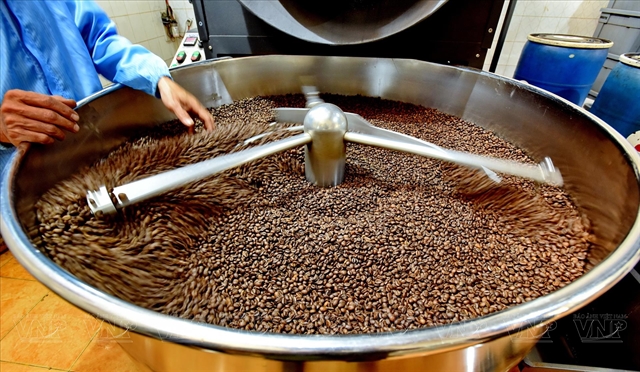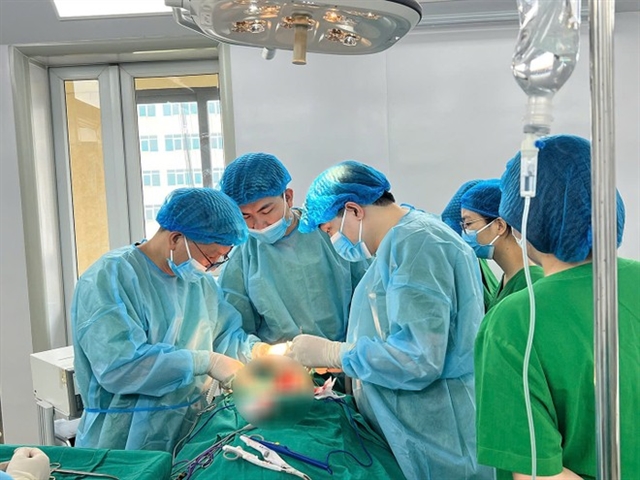 Life & Style
Life & Style

Electromyogram (EMG) is a diagnostic procedure to evaluate the health and functioning of muscles and nerve cells that control them.
 |
| Needle EMG-Detection. — Photo courtesy of Hanoi French Hospital |
by Dr. Christian Brosset*
What is an electromyogram?
 |
| Dr. Christian Brosset. — Photo courtesy of Hanoi French Hospital |
Electromyogram (EMG) is a diagnostic procedure to evaluate the health and functioning of muscles and nerve cells that control them. These nerve cells are called moto neurons and they send electrical signals to the muscle, which reacts by contracting. An EMG translates these signals into graphs and numerical values that your neurologist can read and interpret. Neurologists consider the EMG an extension of the physical examination of the patient and it is the gold standard for the diagnosis of numerous disorders affecting the peripheral nervous system.
How is it done?

The examination is divided into two parts and takes approximately 45 minutes. No special preparation is required. The first part is a nerve conduction study (NCS), which uses electrodes taped to the skin to measure the speed and strength of the electrical signal travelling along your nerves and muscles. The second part is a needle EMG. A tiny needle is inserted into your muscle and the electrical activity in the muscle is recorded. The needle EMG may not be required for everyone; it can be performed in the outpatient department and you can go home afterwards.
Why is it done?
The EMG is used in the exploration of the “peripheral nervous system” (PNS). It refers to the part of the nervous system outside the brain and the spinal cord (called the central nervous system or CNS) and consists of the nerves, plexus and roots. Its function is to connect the brain and spinal cord to the muscles and the rest of the body. Your doctor may order an NCS and/or EMG if you have signs or symptoms that may indicate a nerve or muscle disorder including:
 |
| Nerve Conduction Study (NCS)-Stimulation Detection. — Photo courtesy of Hanoi French Hospital |
Although some conditions only require an NCS to reach a diagnosis, needle EMG results are often necessary to help diagnose or rule out a number of conditions such as:
* Dr. Christian Brosset works at the Neurology Department at HFH and has brought with him his long-term expertise in disease prevention and treatment. He is a specialist in EMG and treatment of PNS disorders.
If you have any questions or want to book an appointment with our doctors, please contact us on our phone number 84 – 24.3577.1100, access www.hfh.com.vn, or email us at contact@hfh.com.vn, Address: 1 Phương Mai, Đống Đa, Hà Nội









